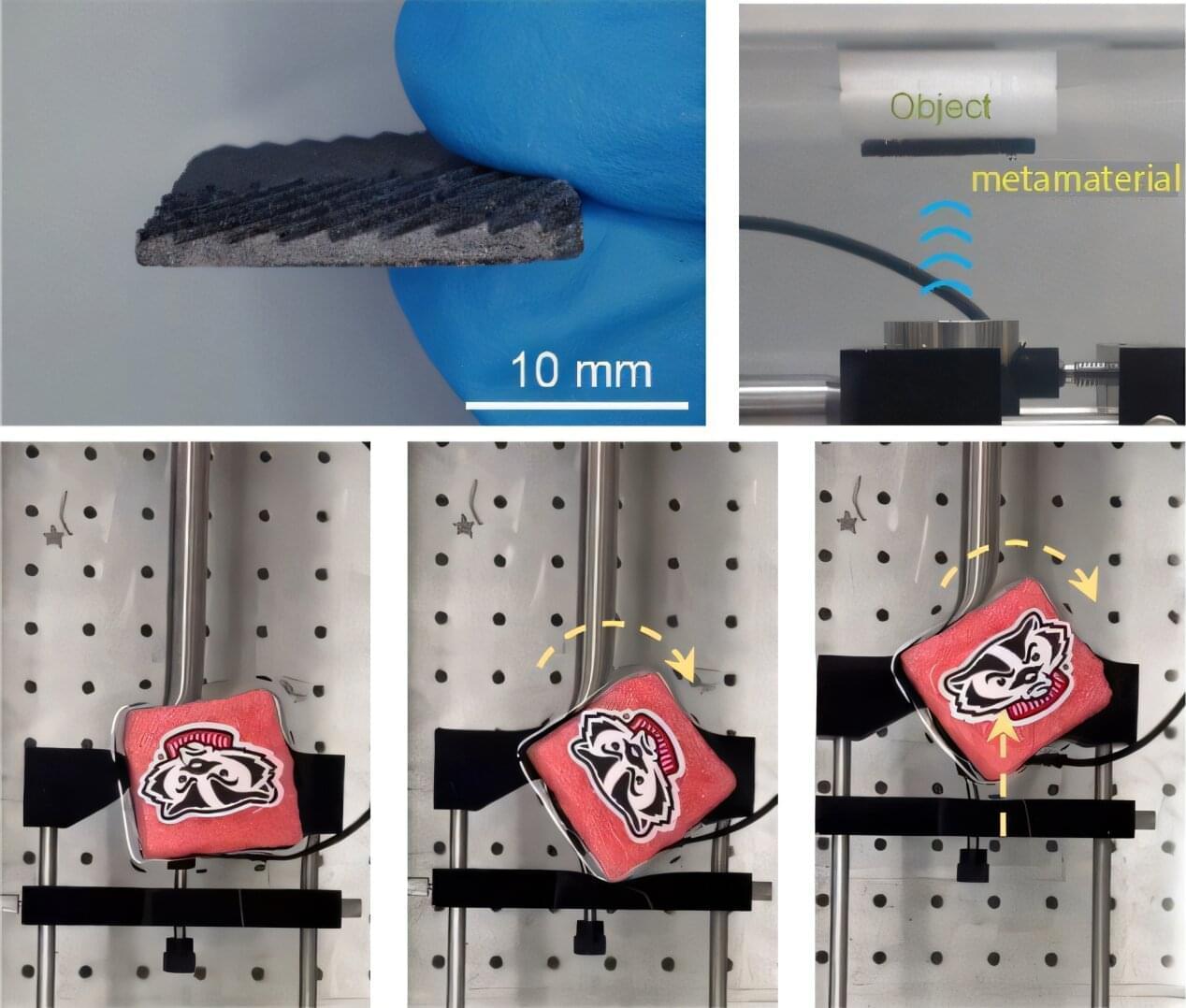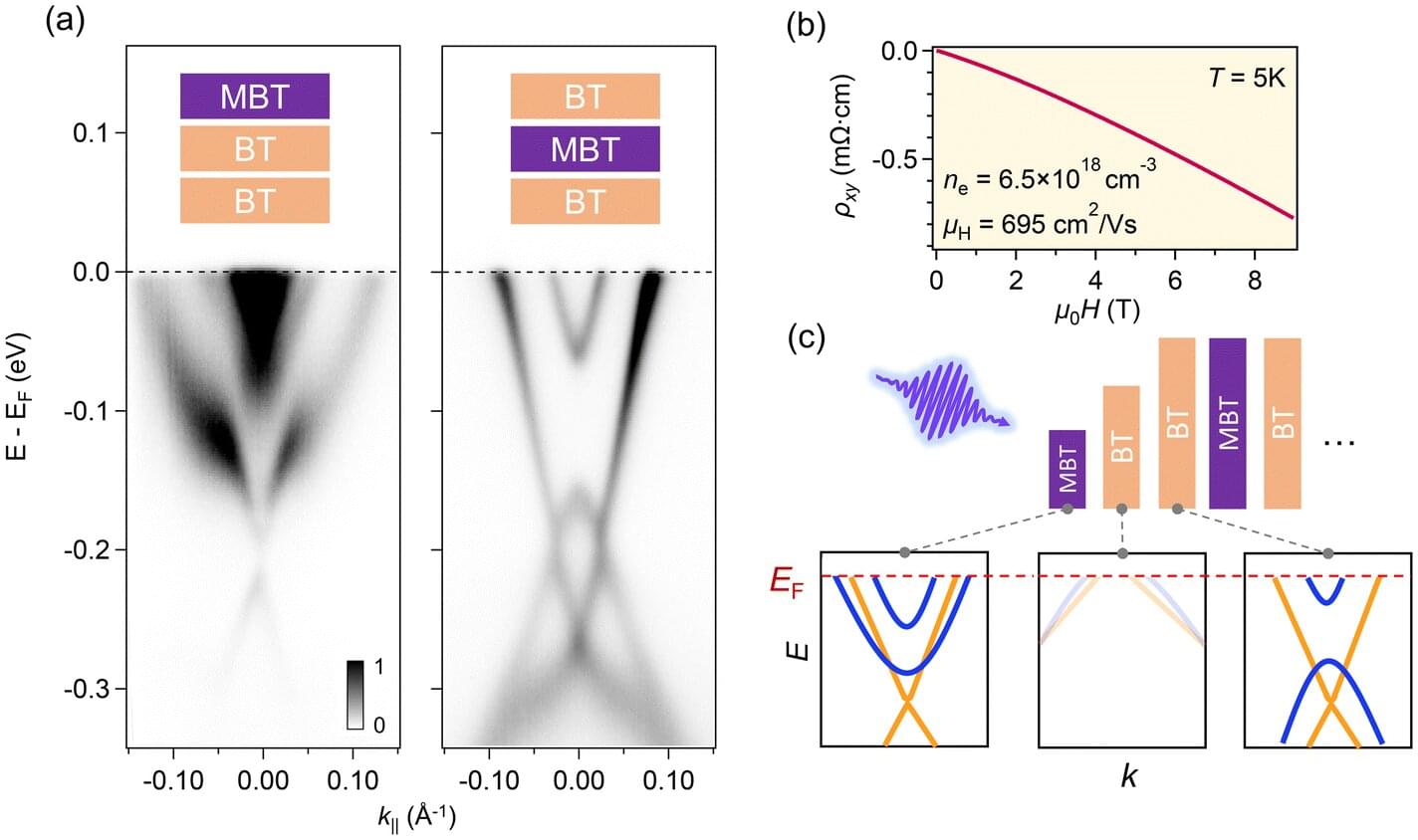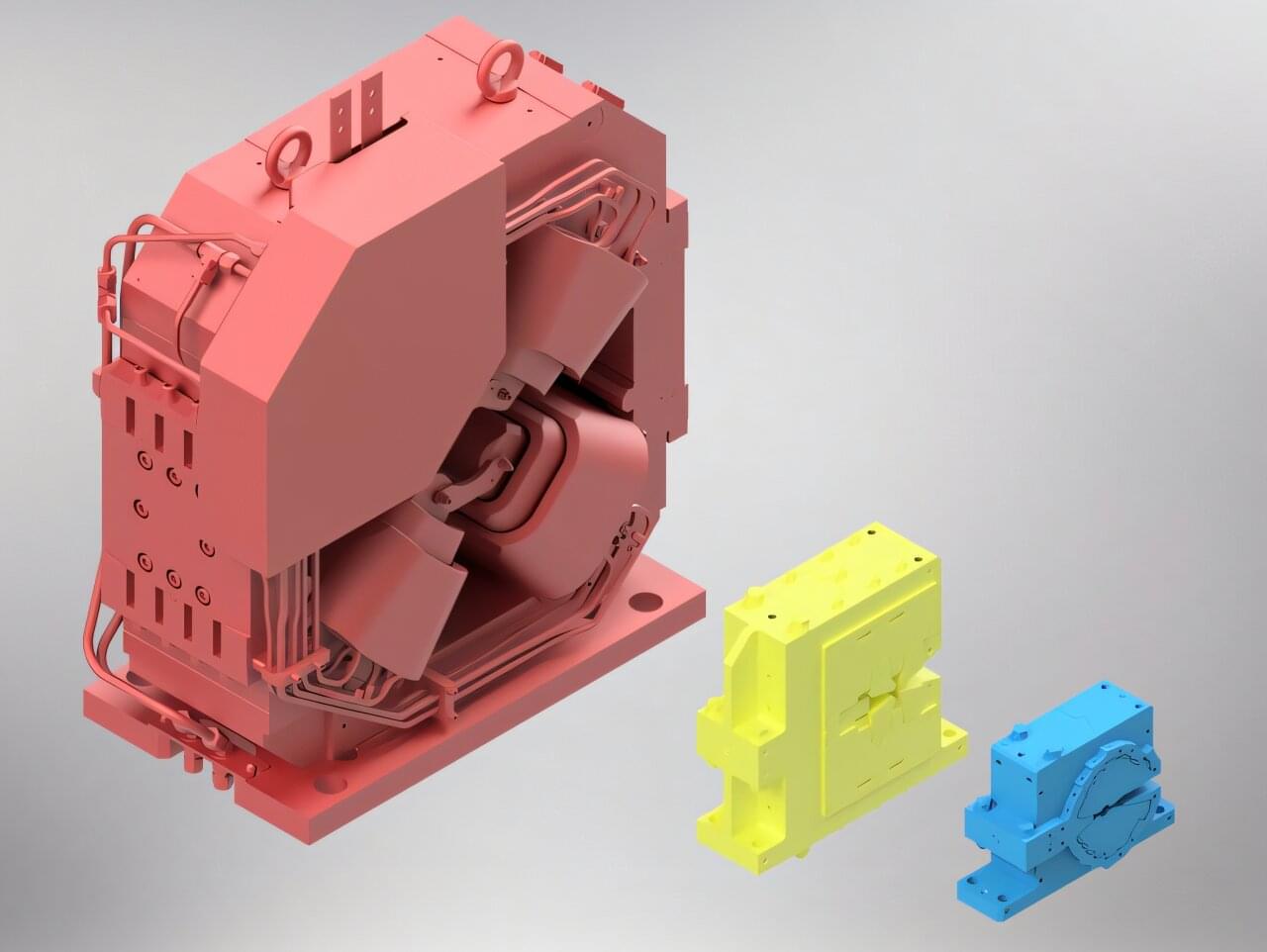If the firm can demonstrate superior returns through its AI-first approach, it could accelerate similar transformations across the industry.


Artificial intelligence (AI) agents and large-language models (LLMs), such as the model underpinning OpenAI’s conversational platform ChatGPT, are now widely used by people worldwide, both in informal and professional settings. Over the past decade or so, some of these models have also been adapted to tackle complex research problems rooted in various fields, including biology, physics, medical sciences and chemistry.
Existing computational tools employed by chemists are often highly sophisticated and complex. Their complexity makes them inaccessible to non-expert users and often even difficult for expert chemists to use.
Researchers at Matter Lab at the University of Toronto and NVIDIA have developed El Agente Q, a new LLM-based system that could allow chemists, particularly those specialized in quantum chemistry, to easily generate and execute quantum chemistry workflows, sequences of computational tasks required to study specific chemical systems at the quantum mechanical level.

Sound can do more than just provide a nice beat. Sound waves have been used for everything from mapping the seafloor to breaking apart kidney stones. Thanks to a unique material structure, researchers can now move and position objects underwater without ever touching them directly.
Dajun Zhang, a doctoral student at the University of Wisconsin-Madison, presents his work on developing a metamaterial for underwater acoustic manipulation on Tuesday, May 20, at 3:20 p.m. CT as part of the joint 188th Meeting of the Acoustical Society of America and 25th International Congress on Acoustics, running May 18–23.
A metamaterial is a composite material that exhibits unique properties due to its structure. Zhang’s metamaterial features a small sawtooth pattern on its surface, which allows adjacent speakers to exert different forces on the material based on how the sound waves reflect off it. By carefully targeting the floating or submerged metamaterial with precise sound waves, Zhang can push and rotate any object attached to it exactly as much as he wants.

By 2030, there will still be over 1 billion of the world’s adolescents (aged 10–24 years) living in countries where preventable and treatable health problems like HIV/AIDS, early pregnancy, unsafe sex, depression, poor nutrition and injury collectively threaten the health and well-being of adolescents, suggests a new analysis from the second Lancet Commission on adolescent health and well-being.
Commission co-chair, Professor Sarah Baird, George Washington University (U.S.) says, The health and well-being of adolescents worldwide is at a tipping point, with mixed progress observed over the past three decades.
While tobacco and alcohol use has declined and participation in secondary and tertiary education has increased, overweight and obesity have risen by up to eight-fold in some countries in Africa and Asia over the past three decades, and there is a growing burden of poor adolescent mental health globally.


On May 20, during her speech at the Annual EU Budget Conference 2025, Ursula von der Leyen, President of the European Commission, stated:
When the current budget was negotiated, we thought AI would only approach human reasoning around 2050. Now we expect this to happen already next year. It is simply impossible to determine today where innovation will lead us by the end of the next budgetary cycle. Our budget of tomorrow will need to respond fast.
This is remarkable coming from the highest-ranking EU official. It suggests the Overton window for AI policy has shifted significantly.
The ZEUS laser facility at the University of Michigan has roughly doubled the peak power of any other laser in the U.S. with its first official experiment at 2 petawatts (2 quadrillion watts).
At more than 100 times the global electricity power output, this huge power lasts only for the brief duration of its laser pulse—just 25 quintillionths of a second long.
“This milestone marks the beginning of experiments that move into unexplored territory for American high field science,” said Karl Krushelnick, director of the Gérard Mourou Center for Ultrafast Optical Science, which houses ZEUS.


Scientists studying a promising quantum material have stumbled upon a surprise: within its crystal structure, the material naturally forms one of the world’s thinnest semiconductor junctions—a building block of most modern electronics. The junction is just 3.3 nanometers thick, about 25,000 times thinner than a sheet of paper.
“This was a big surprise,” said Asst. Prof. Shuolong Yang. “We weren’t trying to make this junction, but the material made one on its own, and it’s one of the thinnest we’ve ever seen.”
The discovery offers a way to build ultra-miniaturized electronic components, and also provides insight into how electrons behave in materials designed for quantum applications.

Researchers at the National Synchrotron Light Source II (NSLS-II), a U.S. Department of Energy (DOE) Office of Science user facility at DOE’s Brookhaven National Laboratory, depend on the facility’s bright, stable electron beam to carry out groundbreaking experiments. Behind the scenes, a dedicated team of physicists, engineers, designers, and technicians in the facility’s accelerator complex are not only maintaining this system for reliable operation but also looking into ways to improve performance and unlock new areas of synchrotron science for the light source’s research community.
In an inventive new design that has been years in the making, the team has unveiled a proof-of-principle prototype for a new “complex bend” lattice design. This unique magnet array has sparked discussion about some intriguing possibilities for the future of NSLS-II’s accelerator, and the design is lighting the way for necessary next steps.